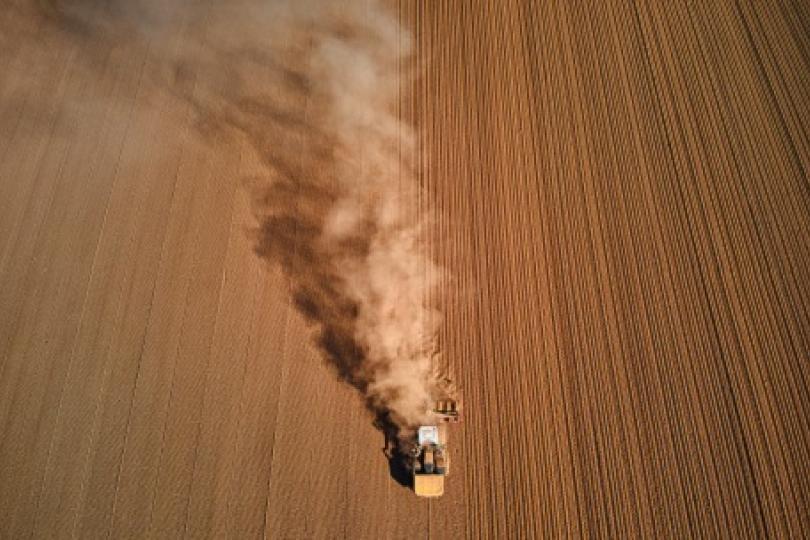Gill quoted in Salon on investigating links between agriculture and dust storms
Thomas Gill was featured in this Salon article about researchers investigating the links between modern agriculture and rising incidents of dust storms. The following is an excerpt from the story.
As hurricane force, record-breaking winds blew through eastern Colorado in mid-December, the skies took on an eerie sepia glow. Visibility dropped to almost zero as a massive dust storm roiled through the Great Plains states, impacting 100 million people. Two weeks later, high winds and severe drought led to the devastating Marshall wildfire in urban northern Colorado.
Dust storms aren't unusual in these areas, but they typically occur in the spring and at a smaller scale. And yet, as a two-decade drought persists in the West, scientists are concerned that they could become even more prevalent. This is, after all, Dust Bowl terrain. ...
[Scientists] are working to understand "the chaotic cascade of dynamics that causes a dust storm to initiate a particular point in space and a particular point in time," says Thomas Gill, a dust researcher at University of Texas at El Paso. Nevertheless, his research points to agriculture as an important source to watch.
Gill co-authored a 2020 study using data from satellite imagery to characterize sources of dust in the Southern Great Plains. It showed that the Great Plains contained seven times more dust points than the Chihuahuan desert (over 1,200 compared to 187). Cultivated fields comprised 43% of them, while shrublands and grasslands combined contained 40%.
As the public's interest in air quality grows, as evidenced by Purple Air's network of over 10,000 air quality monitoring devices, researchers are eager to identify the dustiest sources to inform policymakers. And they will soon have new tools available. Continued advances in modeling capabilities — and soon data from satellites to be launched in 2022 and 2023 — not only promise to make pinpointing dust sources more routine, but also to enhance dust forecasting. What that will mean for agriculture is harder to predict.

